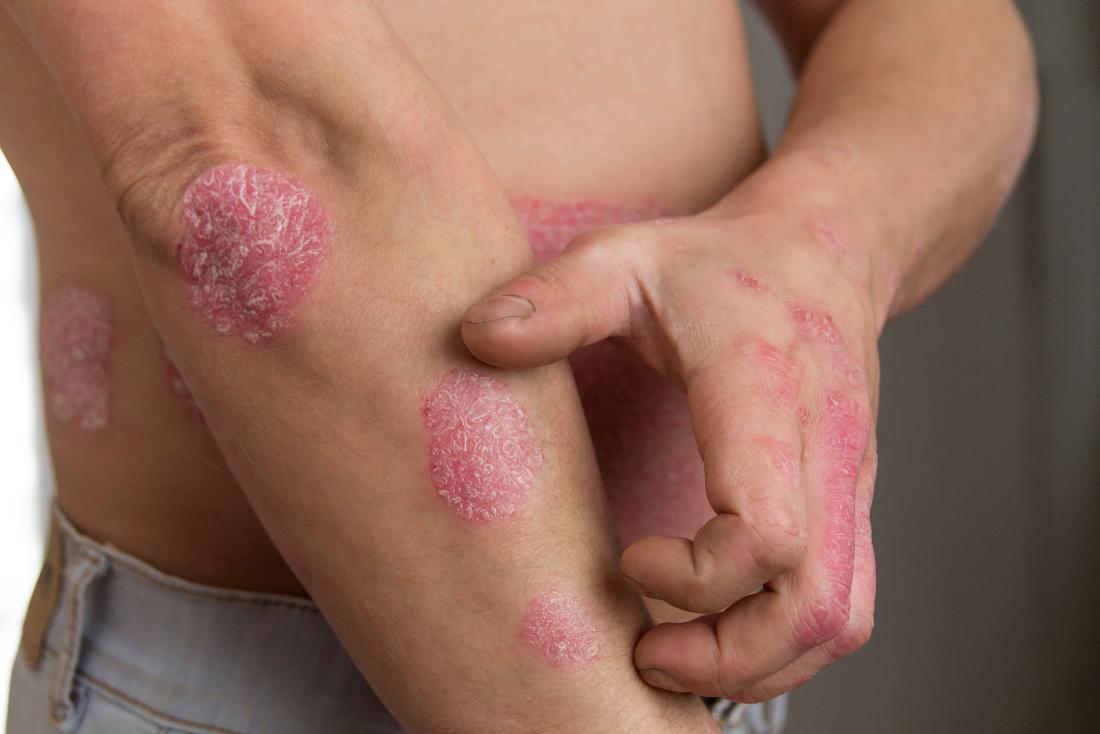What Are Some of Best Treatments for Psoriasis? Psoriasis is a chronic disorder of the skin that causes skin cells to multiply rapidly up to ten times faster than usual. Being an autoimmune disorder, it affects the immune system by attacking the “T- lymphocytes” white blood cells. These, in turn, start attacking healthy cells and over-speed up new skin cell production. With the abnormal buildup of cells, bumpy thick red scaly patches that characterize the condition develop. The psoriasis dermatologists at Dallas Dermatology Partners have some additional information as to how to better treat psoriasis on their blog.
What causes it?
No one knows its exact cause, but experts say some environmental and genetic factors can cause the disorder. Things that are known to trigger it range from emotional stress, beta-blocker medications, cuts and surgeries, as well as antimalarial drugs like hydroxychloroquine.
Symptoms
Symptoms vary depending on the psoriasis type and from one person to another. The most common symptoms are:
- Red and raised patches of the skin
- Plagues, i.e., whitish-silver scales which form on the red patches
- Burning and itchiness
- Dry skin that cracks therefore bleeding
- Pain and swelling around the joints
Types of psoriasis
Plague psoriasis
It is the most common type. Eighty percent of the reported cases are plague psoriasis, as estimated by the American Academy of Dermatology (AAD). This particular type causes red, inflamed patches covered with whitish-silvery scales. The scalp, knees, and elbows are the areas most affected.
Pustular psoriasis
Pustular psoriasis occurs more in adults than children. Blisters filled with pus and large red skin areas are the typical characteristics of the condition. It’s more localized on the palms and feet.
Guttate psoriasis
This kind is mostly seen in children and young adults. It is associated with pink spots on the torso, limbs, and arms.
Erythrodermic psoriasis
Although it’s rare, this type could result in more severe illness when left untreated. It covers large areas of the body, causing fiery redness and peeling of scales in sheets.
Inverse psoriasis
When affected, the skin develops bright red, inflamed, and shiny lesions. These will mostly appear under the armpits, groins, breasts, or under skin folds in the genitalia.
Treatment options
Luckily despite its incurable nature, psoriasis responds well to several treatments.
The most common treatments are oral medications, light therapies, topical treatments, biologic injections, or a combination of the four.
Topical treatments
- Salicylic acid. By applying this ointment, you get a local relief to the affected area as it smoothens the skin, which encourages shedding off the scales.
- Moisturizers. Nonprescription and prescription forms of moisturizers exist. They reduce the scales responsible for impeding topical medications’ flow into the deep underlying layers.
- Topical corticosteroids. They are the first-line of treatment for small areas. This treatment comes in many forms, such as sprays, gels, creams, ointments, and foams.
Light therapy
Natural sunlight or exposing the skin to narrow-band Ultraviolet-B light slows down the cells’ overproduction, thus enhancing the skin appearance.
Oral medication
Retinoids, cyclosporine, and methotrexate are the standard drugs administered through the mouth for this disorder.
Biologic injections
Biologic injection treatment acts by targeting overactive T-lymphocytes. By so doing, they offer an immunomodulatory effect that controls psoriasis.
Finding a good dermatologist will undoubtedly be of great help as he or she will assist you in several ways. For instance, they will help you know the exact treatment that suits and thus works for you. Should it be necessary, they will also modify your current treatment for even better results.
Since the illness has no cure yet, understanding and knowing how to manage it proves to be a good fit. Visiting a good dermatologist is of utmost importance as he or she will assist with all the information you need regarding the ailment.

